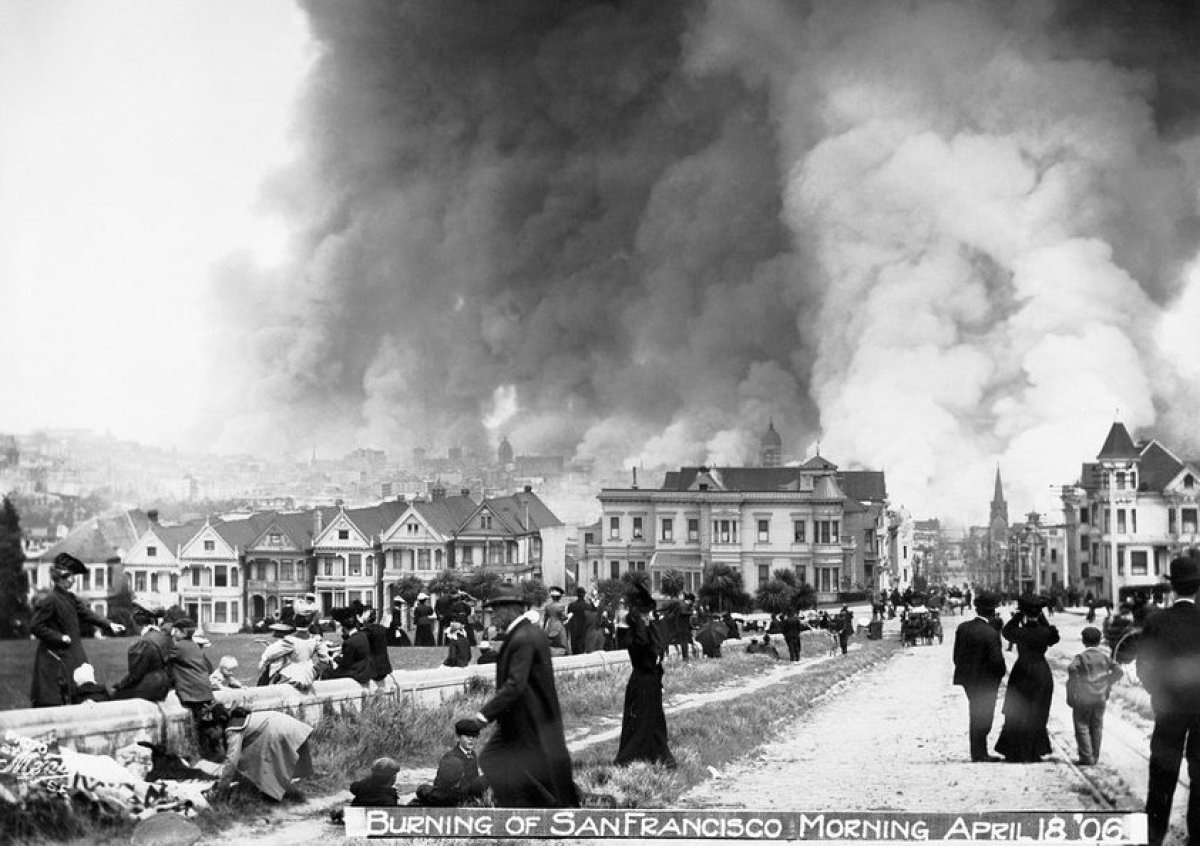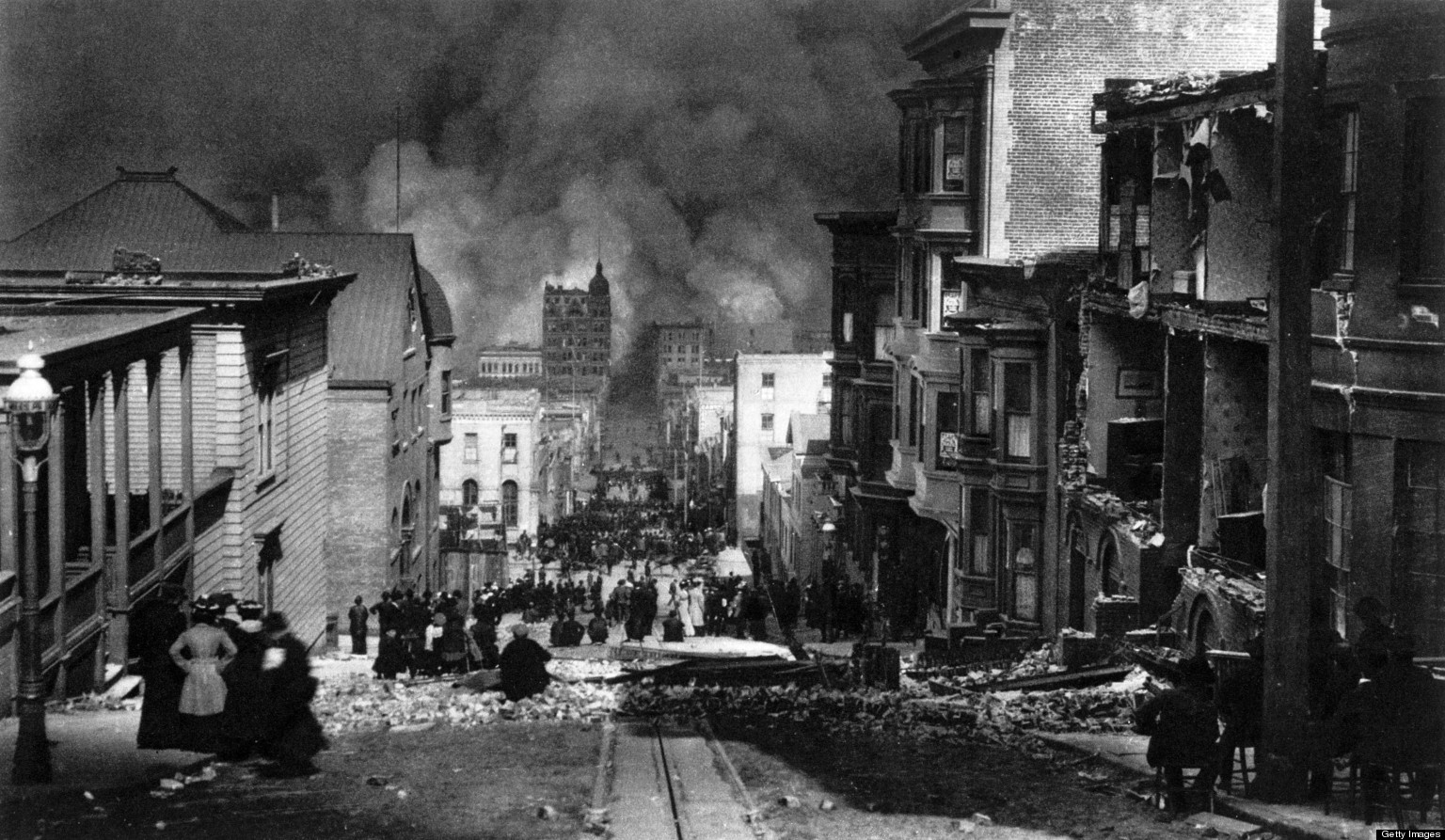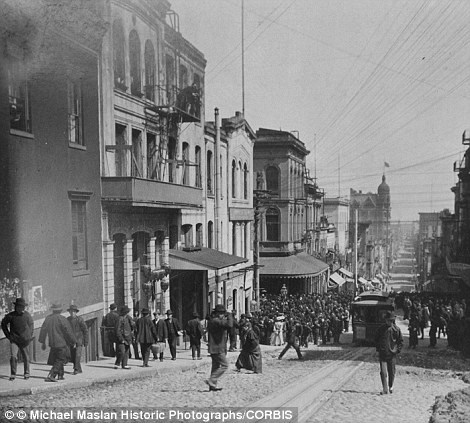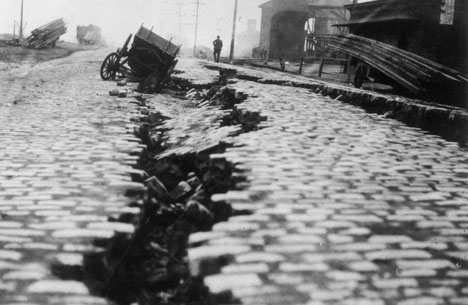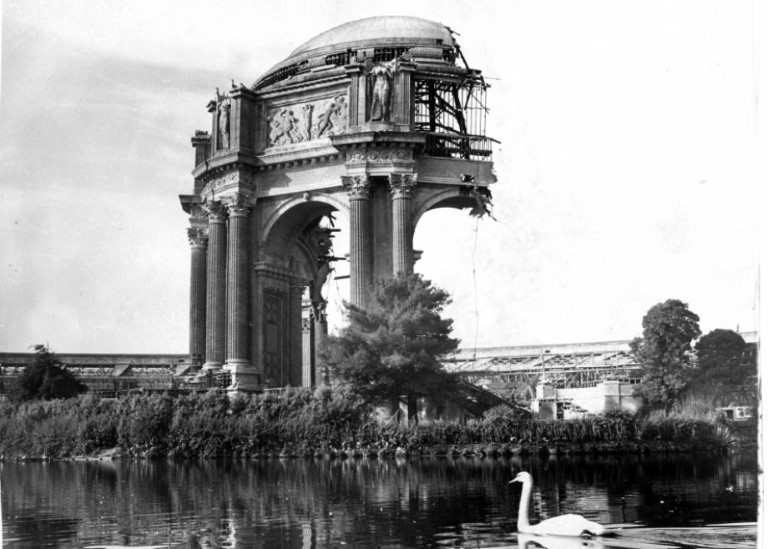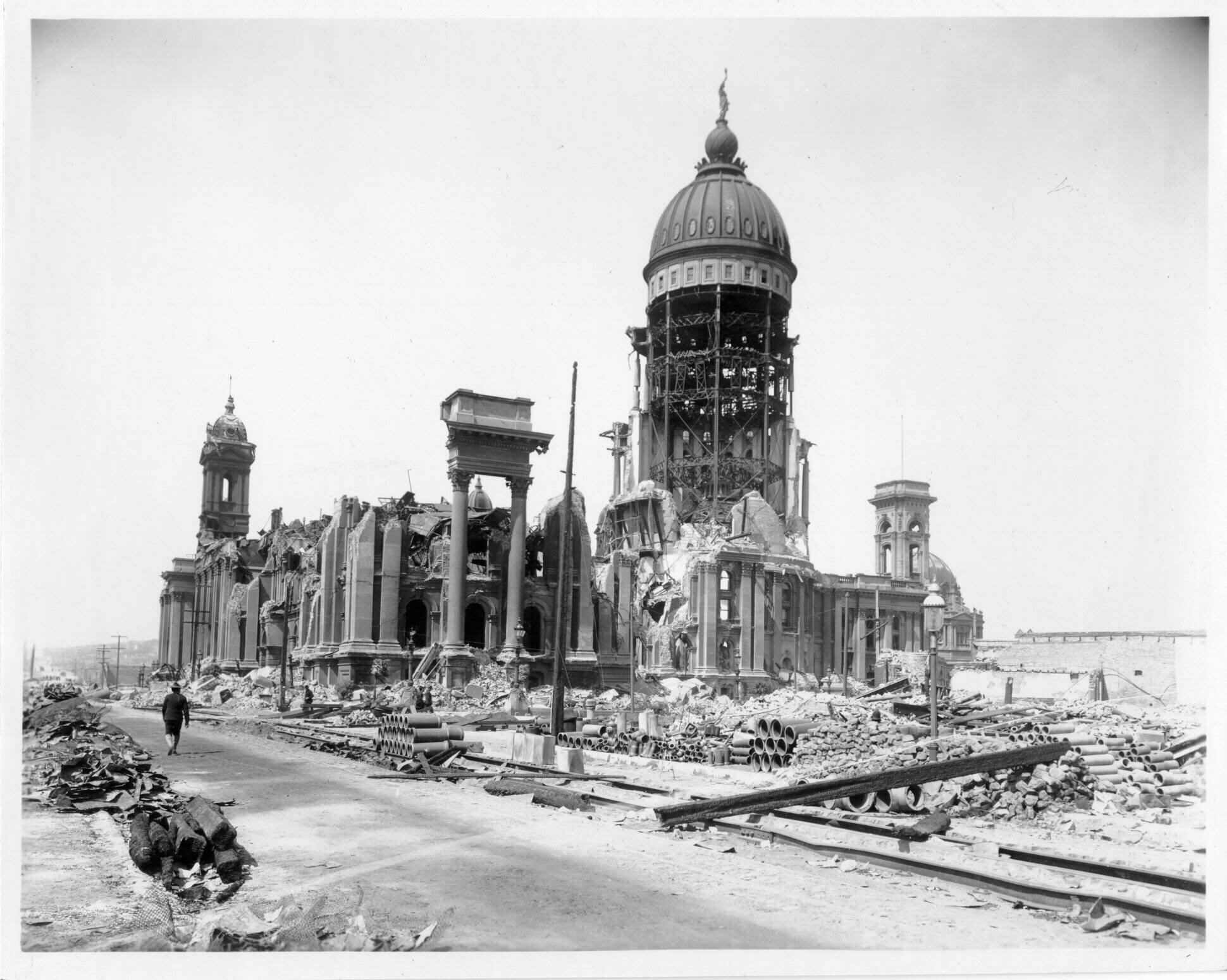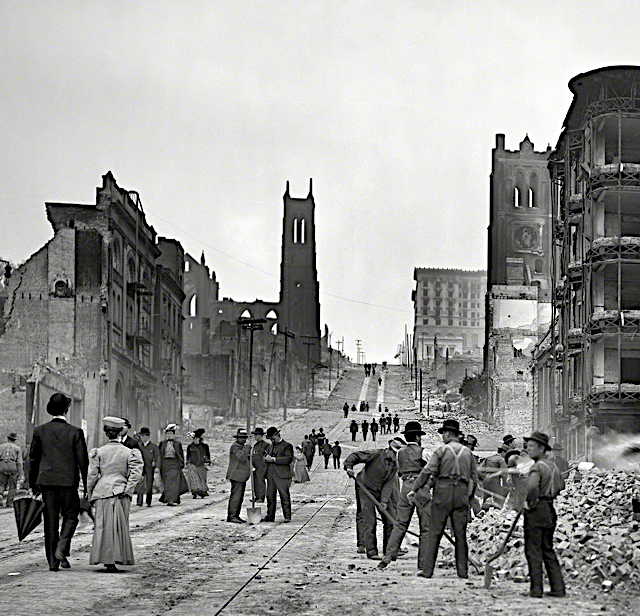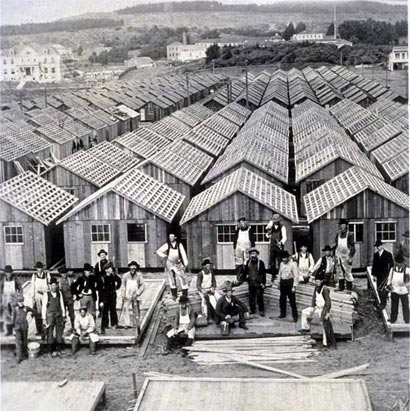The Innovation Hangar (iHangar) is home to a host of events, startups, tourist, and much more. What is little known about the iHangar is the location in which it lies, The Iconic Palace of Fine Arts. The Palace of Fine Arts was originally constructed for the 1915 Panama-Pacific International Exposition (PPIE) in celebration of the completion of the Panama Canal. Although this feat is great, it compares little to the challenges that faced San Francisco prior to the exposition. Before PPIE, the earthquake of 1906 struck San Francisco; this earthquake had a moment magnitude of 7.8, the largest to ever strike San Francisco. This earthquake resulted in massive destruction throughout the city, and eventually leads to gas lines breaking resulting in fires spreading through the city. It is said that despite the magnitude of the earthquake, the resulting fires are accredited with little more than 90% of the overall damage to the bay area.
At the time of this tragic event, the bay area population was estimated at 410,000, nothing like it is today, still, in 1906 this was the largest city on the west coast. San Francisco had a well establish a reputation for being the financial district of the West and as you might expect operated the busiest port on the west as well. After the events of 1906, roughly 227,000 - 300,000 individuals and families were left homeless, many of which migrated to the east bay and southern California. For those who decided to stay in the bay area, make-shift tents and homes were constructed; many of which were still in use years following the event.
In the aftermath of the event, Governor of California George Pardee (The Earthquake Governor) made this address: "This is not the first time that San Francisco has been destroyed by fire, I have not the slightest doubt that the City by the Golden Gate will be speedily rebuilt, and will, almost before we know it, resume her former great activity." Upon this address, H.G. Wells hears news of the event in New York; What struck him most was the positivity - not a single person believed that San Francisco would not be rebuilt bigger, better, and stronger than it was the day before.
Immediately following the fires, reconstruction plans were hatched, and the Bank of Italy (now Bank of America) provided liquidity along with two chartered ships full of building supplies. With this help and the support of the American people; it took San Franciscans just nine years to rebuild. Overcoming the greatest of challenges is a trait that is easily seen today, so much so, that you could say it's genetic.



